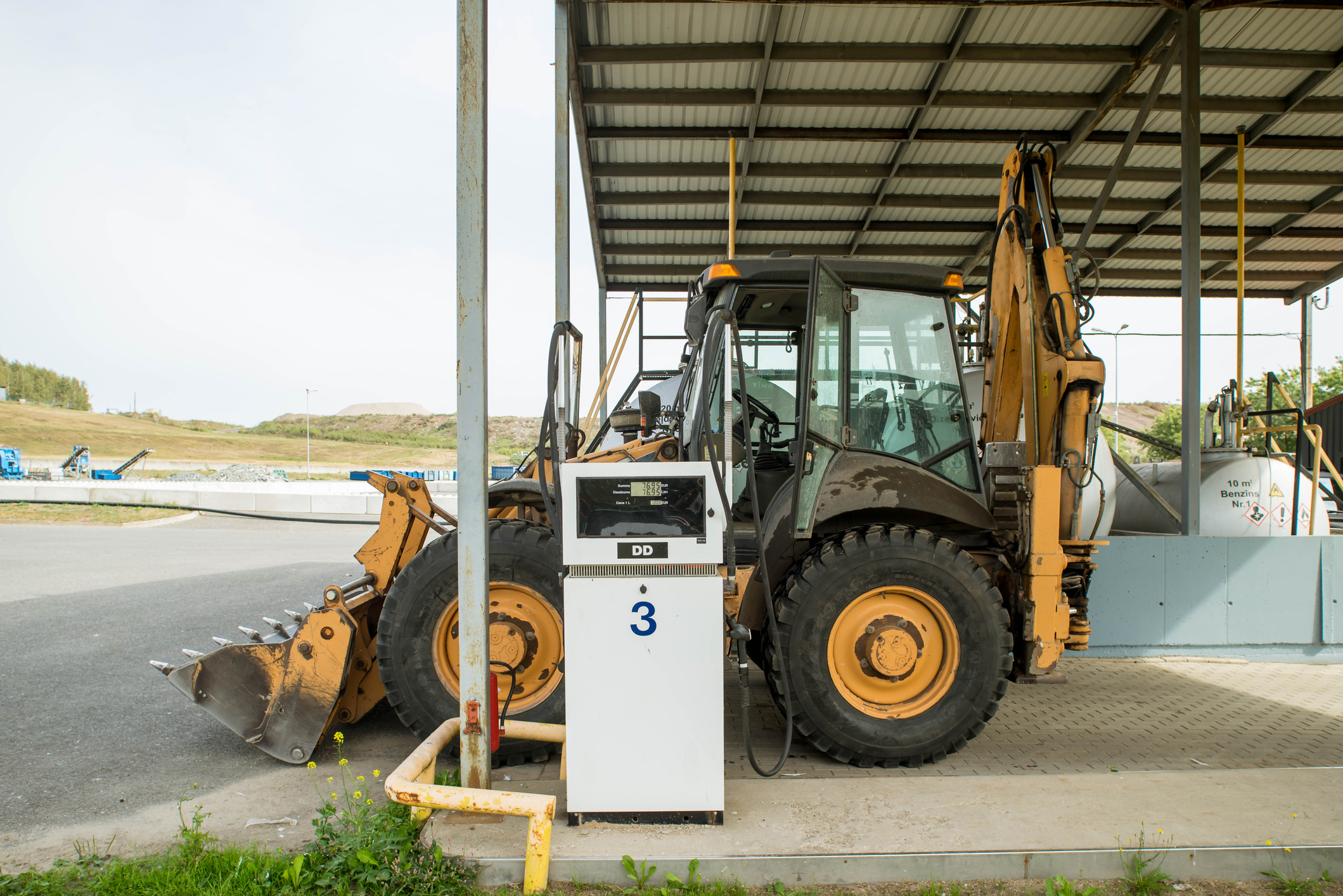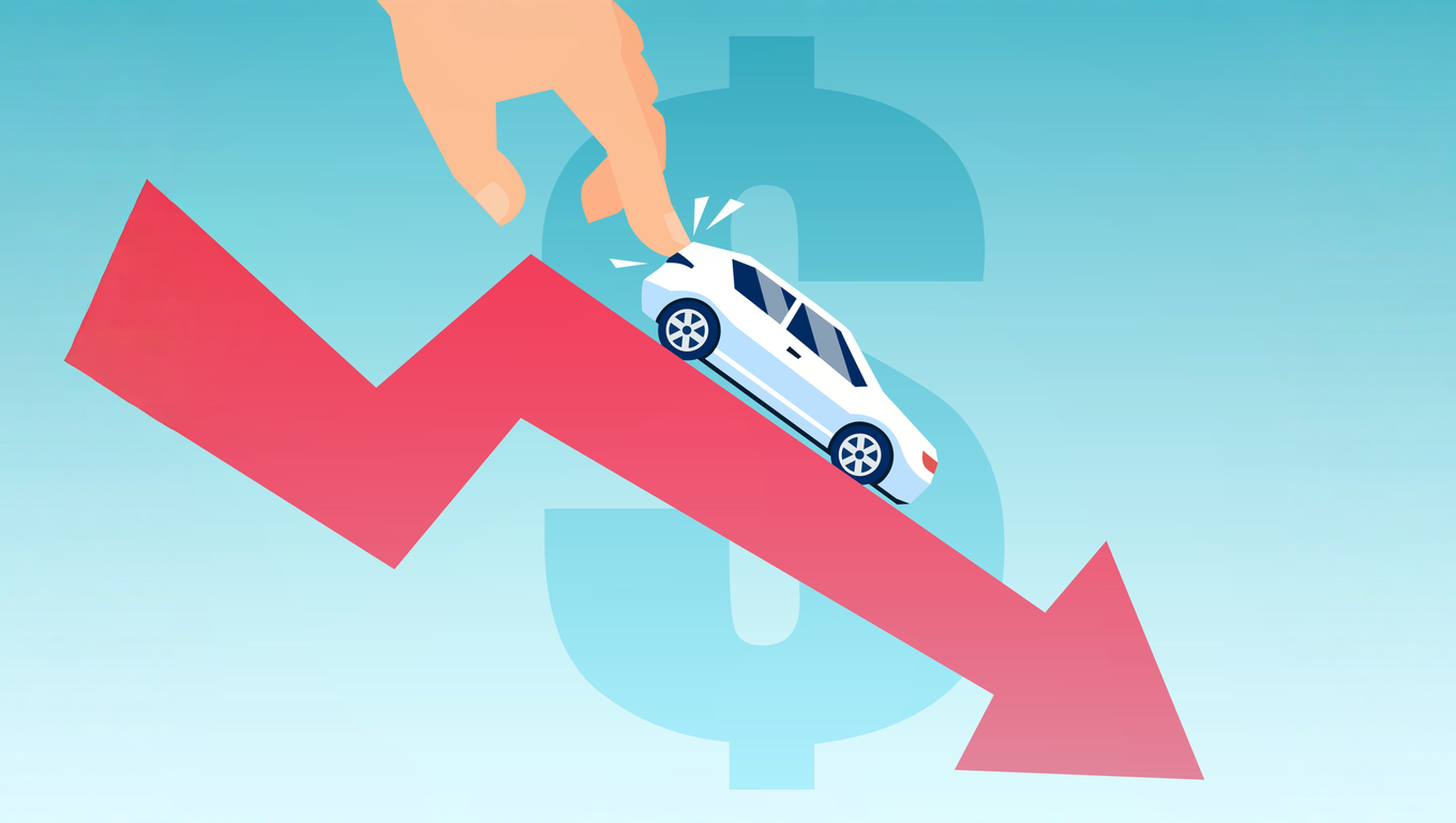Yesterday, a Yakima TV station reported that a small group was pushing the Yakima School District to put solar panels on the new Eisenhower High School. KNDO reported on the picketers:
They were picketing the school, asking why solar panels weren't included in the design of the new building. They say solar panels are a good renewable energy source and can also last around 50 years.
"Schools, churches, and other longstanding institutions such as YVC, which is also putting on solar panels, would really benefit. These are the places we should see solar panels," said Picketer Sarah Cate.
The picketers have failed the climate change seriousness test. While they claim to be concerned about climate change, they are advocating an approach that would do little (or nothing) to actually cut carbon emissions. They have chosen a feel-good approach over a serious one.
Indeed, the protestors show they don't know much about solar panels at all.
First, solar panels do not last 50 years. They last around 25 years and see a decline in productivity during those final five years. Put another way, if you had solar panels from 1973 on your roof, would you keep them there for another ten years? The clear answer is "no." You would exchange them for newer, more-efficient panels.
Second, that short lifespan is one reason solar panels don't pay for themselves. There is a very high cost up front and then hopeful returns years from now. When might it make sense to buy solar panels in the Western United States? According to a report released yesterday (ironically, the same day of the protest) by the National Renewable Energy Laboratory, solar panels might be competitive in 2025, 12 years from now. Even that projection is caveated, with NREL saying this will be true in California, Nevada and other areas it calls "the most productive locations." In other words, places that are sunny.
Finally, and most importantly, solar panels are the worst way to cut carbon emissions and waste huge amounts of money that could go to efforts that actually do reduce carbon. This is especially true in Yakima where most of the energy is from hydroelectric power. Replacing cheap, carbon-free hydroelectric power with extremely expensive solar energy is a waste of resources and opportunity to do good.
Additionally, numerous studies, including those sponsored by Environmental Defense, find that solar panels are among the least effective ways to cut carbon emissions. Bloomberg New Energy Finance echoes their assessment, ranking solar panels 28th out of 35 strategies they examined.
It is worth noting that none of the above addresses the additional cost to the district, funding that could go to actually educating children.
The Yakima School District gets an "A" for climate seriousness by avoiding wasteful and ineffective carbon reductions. The protestors, however, get an "F."



